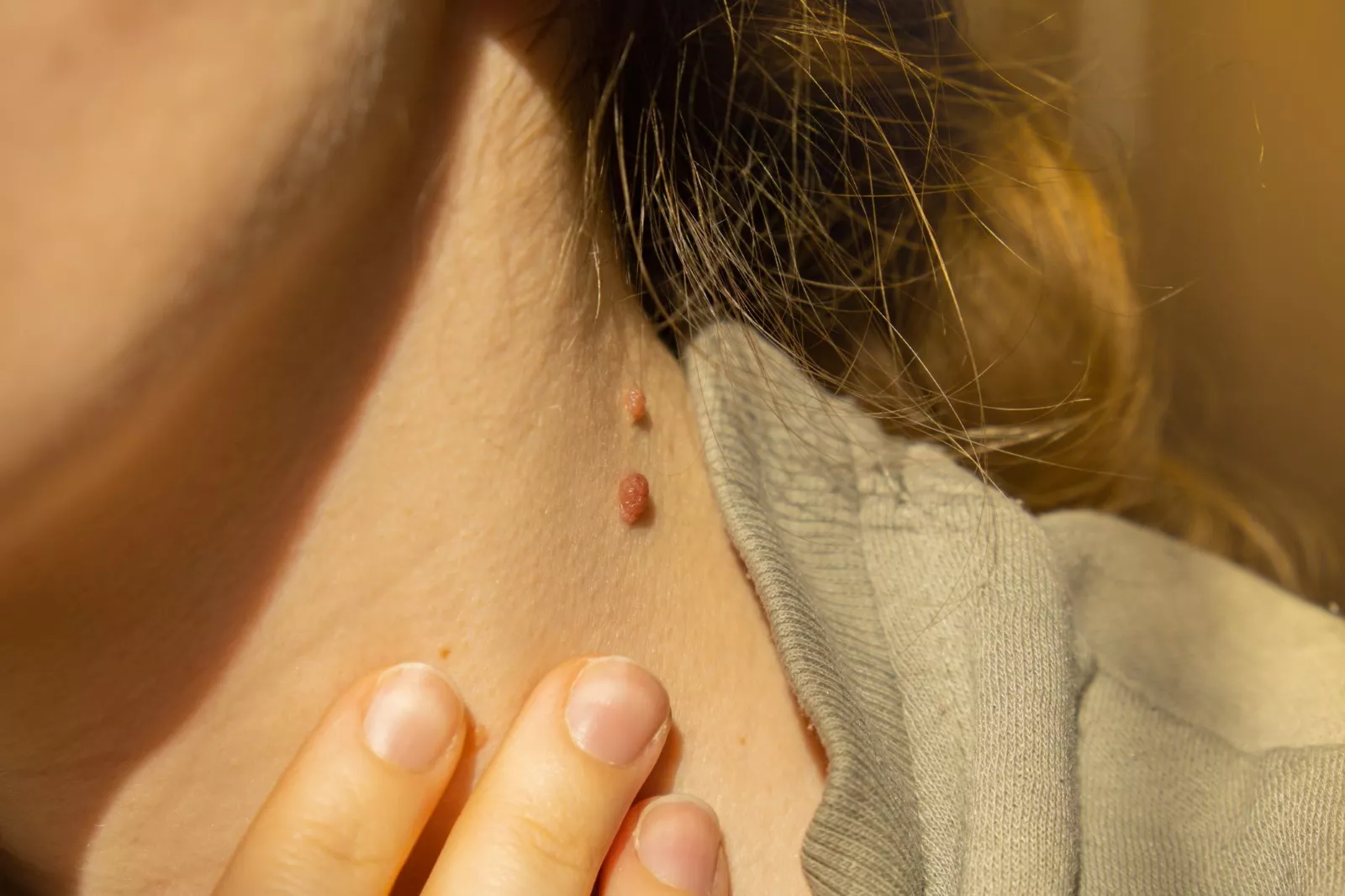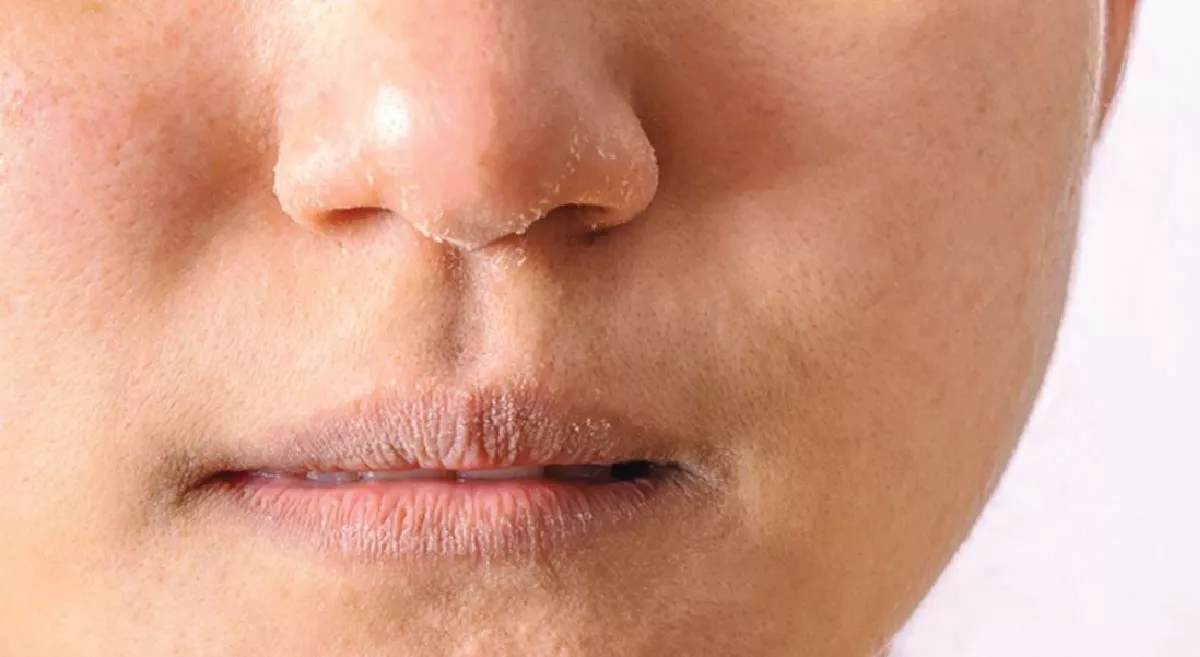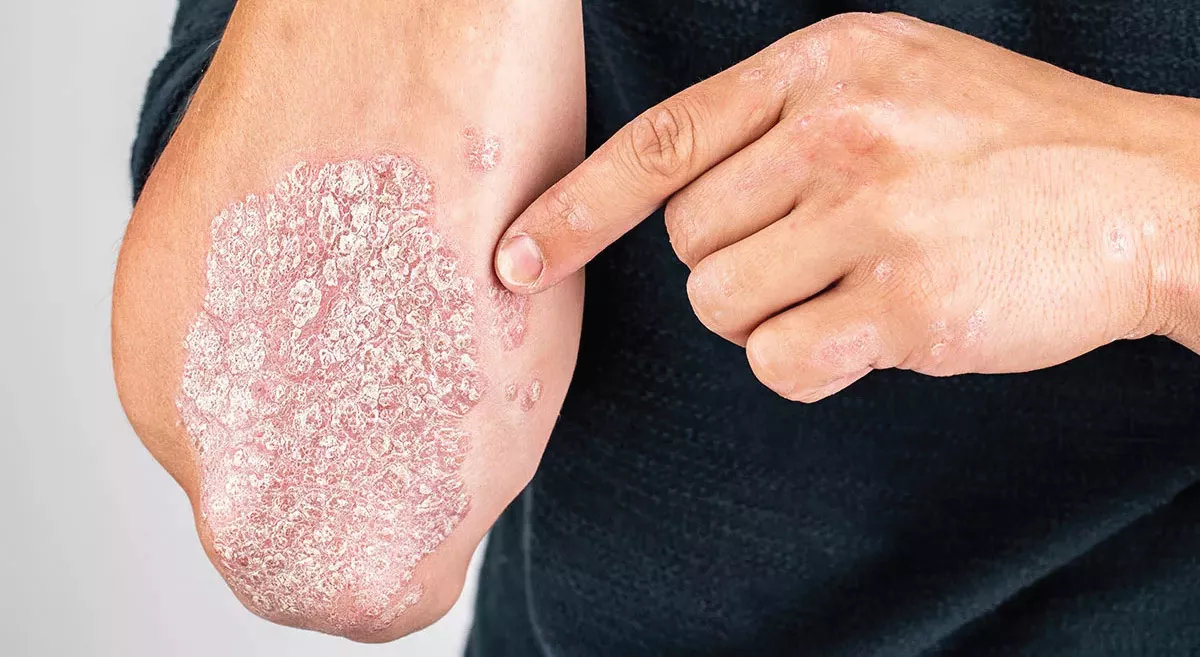Skin is a structure that is seen has an mirror of Internal reflection of body health. Time immemorial we have seen that skin acts has an organ that depicts your Internal health and is seen has true reflection of Internal health and beauty.
This brings us to a concept which is seen these days metabolic disorders that borders to almost epidemic proportions all over the world is now seen effecting adolescents, young adults and middle age individuals possibly far more than in the last 100 years of human existence. Skin being an organ that detects the metabolic profile of the body acts has a potential reflector of early metabolic changes which gives us a decade of warming before something more ominous and difficult disorders like Type 2 diabetes, Metabolic syndrome and gross Obesity and a host of diseases related to this phenomenon make healthy living a difficult proposition.
Skin acts has a reflector of the interior metabolism and is seen to manifest Changes in glucose and Insulin homeostasis much earlier than any other parameter and may act has a potential parameter that reflects to reverse changes in the body . The two common occurrences in skin that reflect the metabolic milieu are Acanthosis nigricans and Acrochordons ( Skin Tags) and their control could give us a lead role in management of Metabolic disarray very early in its course and then an appropriate dietary intervention through natural foods and exercise could pave way for potential reversibility of what otherwise is a Metabolic Time Bomb ,that is ticking to take control of the health of vast majority of the population at large in the coming decade.
Acanthosis Nigricans
Acanthosis nigricans (AN) is a dermatological condition consisting of symmetrical hyperpigmentation and thickened skin with a rough, velvety texture. Although the pathogenesis of AN is not fully known, the underlying mechanism is the interaction between insulin-like growth factor 1 (IGF-1) and IGF binding protein 1 (IGFBP-1), which is associated with high insulin levels. The increase in IGF-1 circulating concentrations and IGF-1 receptor activation may trigger dermal fibroblast and epidermal keratinocyte proliferation and increased pigmentation.
Moreover, severity of Acanthosis Nigricans in obesity correlates positively with the fasting insulin concentration. Thus, insulin may promote AN through direct activation of the IGF-1 signalling pathway.
Persistent/chronic high insulin levels may induce dermal fibroblasts and epidermal keratinocyte proliferation, acanthosis nigricans development, and increased Acanthosis Nigricans severity/extension. However, high AN severity may occur in the presence of high insulin levels during a shorter time of exposure.
Prevalence
Acanthosis nigricans is common, although the exact prevalence depends on the racial makeup of the population studied. While obesity increases the risk for development of AN, the differences in prevalence of AN between racial groups cannot be explained solely by differing rates of obesity. It is common in more pigmented races American Africans have the highest rates followed by people in India, Middle east and later the Caucasians.
Acanthosis nigricans is most associated with disorders associated with insulin resistance, including obesity, type 2 diabetes, and the polycystic ovary syndrome.
Clinical Features
Clinically, the neck is the most commonly affected area in children and young adults. In various studies Ninety-nine percent of children and adolescents with AN have neck involvement, compared to 73 percent with axillary involvement Acanthosis nigricans may also affect eyelids, lips, vulva, mucosal surfaces, dorsal hands, and flexural areas in the groin, knees and elbows . While usually asymptomatic, AN is occasionally pruritic (itching ).
Implications
Understanding the connection between acanthosis nigricans and insulin resistance is critical for clinicians. Patients with AN are at risk for all of the components of the metabolic syndrome: obesity, hypertension, elevated triglycerides, low high-density lipoprotein, and glucose intolerance
Evaluation and Management
Patients may have multiple underlying diseases. The first step in evaluation should be identification of the underlying condition. We recommend obtaining certain basic studies ,particularly in all overweight adults and children without a known history of insulin resistance. Overweight in adults is defined as a body mass index (BMI, weight in kilograms divided by height in meters squared) of 25 kg/m² or greater. In children and adolescents, overweight is defined as at least the85th percentile of the sex-specific BMI-for-age growth chart; the child is considered obese when the BMI z score exceeds the 95thpercentile for age and gender.
Studies should include blood pressure (BP), fasting lipoprotein profile, fasting glucose, haemoglobin A1C, fasting insulin, and alanine aminotransferase(ALT). Any abnormalities should prompt communication with the primary provider or referral to an endocrinologist.
The prevalence of obesity in the US and many countries has grown at an alarming rate While detection of Acanthosis Nigricans is unnecessary for obesity screening, counselling patients about AN provides an excellent opportunity to initiate treatment for obesity or overweight. Nonpharmacologic lifestyle modifications with diet and exercise can be initiated. Pharmacologic therapy may be required for patients with hypertension, hypercholesterolemia, hypertriglyceridemia, low levels of high density lipoprotein (HDL), or elevated fasting glucose
Multiple anecdotal reports suggest that acanthosis nigricans is reversible. Given their ease of use and safety profile, topical retinoids are a reasonable first-line treatment. However, whether another therapy is superior remains unclear. Randomized, controlled trials of lifestyle intervention and other therapies are needed since reduction of obesity due to dietary intervention and exercise is known to reverse the metabolic profile along with the skin disorder and this can serve has an important marker of future occurrences,
Acrochordons (Skin Tags)
Skin tags are small, soft, pedunculated, flesh to dark brown coloured, benign skin tumours commonly occurring on the neck and axilla. They are thought to be common.
Skin lesions and it has been reported that they might reflect insulin resistance states. Age, obesity, atherogenic lipid profile are also associated with skin tags.
Overweight and/or obesity, dyslipidaemia, hypertension, insulin resistance and elevated high-sensitive C-reactive protein are seen in patients with skin tags. Skin tags may be a marker of increased risk of atherosclerosis and cardiovascular disease.
Skin tags commonly develop in individuals with obesity and were observed in up to 74% of patients in some studies, their prevalence correlated positively with the severity of the obesity. A few clinical studies conducted suggest a correlation between the presence.
Skin tags and markers of the metabolic syndrome and increased risk of cardiovascular disease. However, further studies are required to clarify the effects of BMI on these findings in patients with skin tags and full-matched control group for BMI.
In conclusion, we propose that skin tags are cutaneous findings frequently associated with the risk factors (obesity, hypertension, dyslipidaemia, insulin resistance, elevated-CRP, etc.) for metabolic syndrome and heart disease. Given the higher frequency of overweight and/or obesity, dyslipidaemia and elevated hs-CRP, glucose, HbA1c, uric acid levels in patients with skin tags, these patients should be carefully evaluated for metabolic syndrome and heart disease.
Conclusion
Dietary management with natural food substitutes and balanced diet and Normal exercise schedule with effective management of weight and health go a long way in reversing both appearance of metabolic derangement and skin changes and may stay has one way to screen the population and reverse the changes long before permanent metabolic changes take place in the body.











